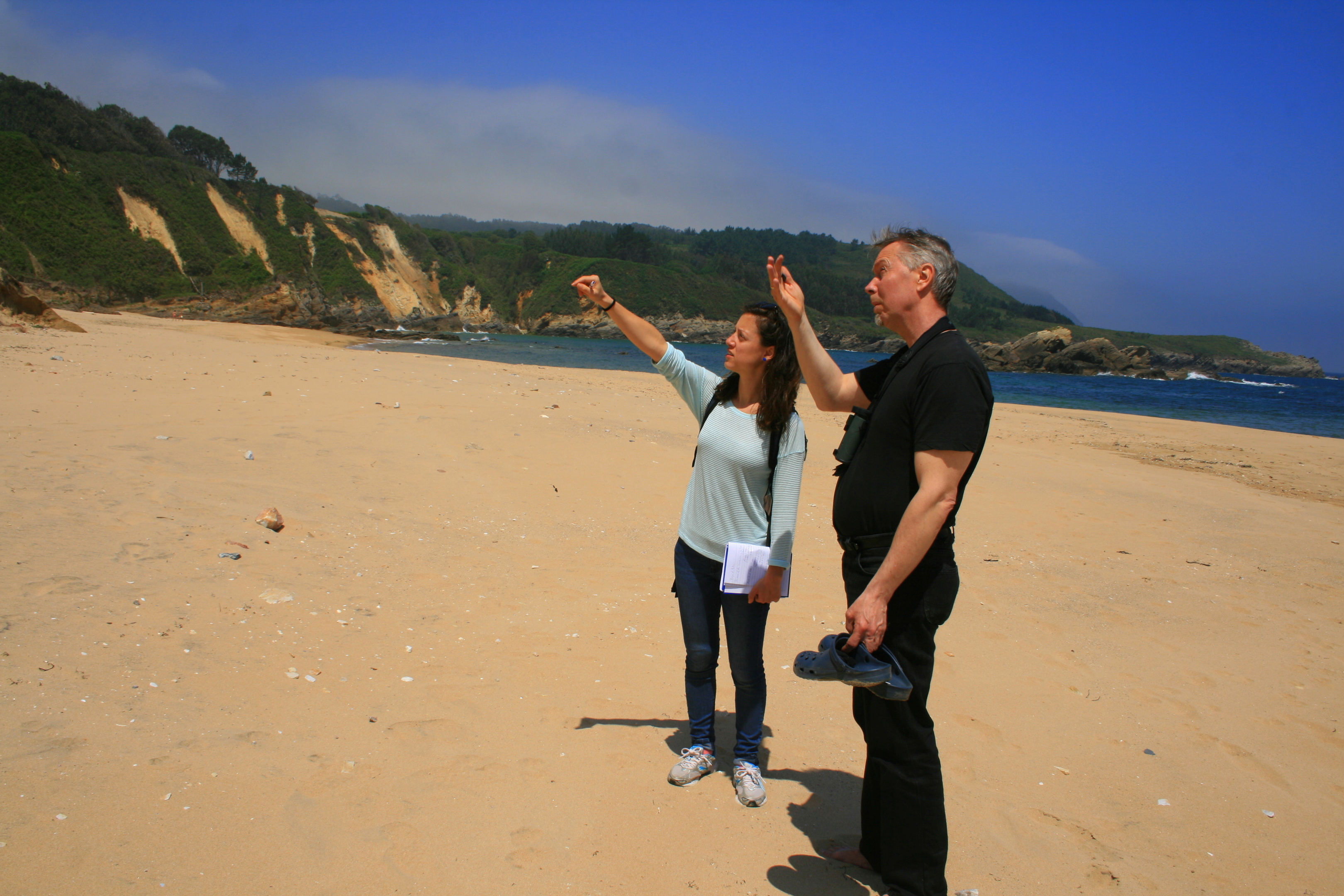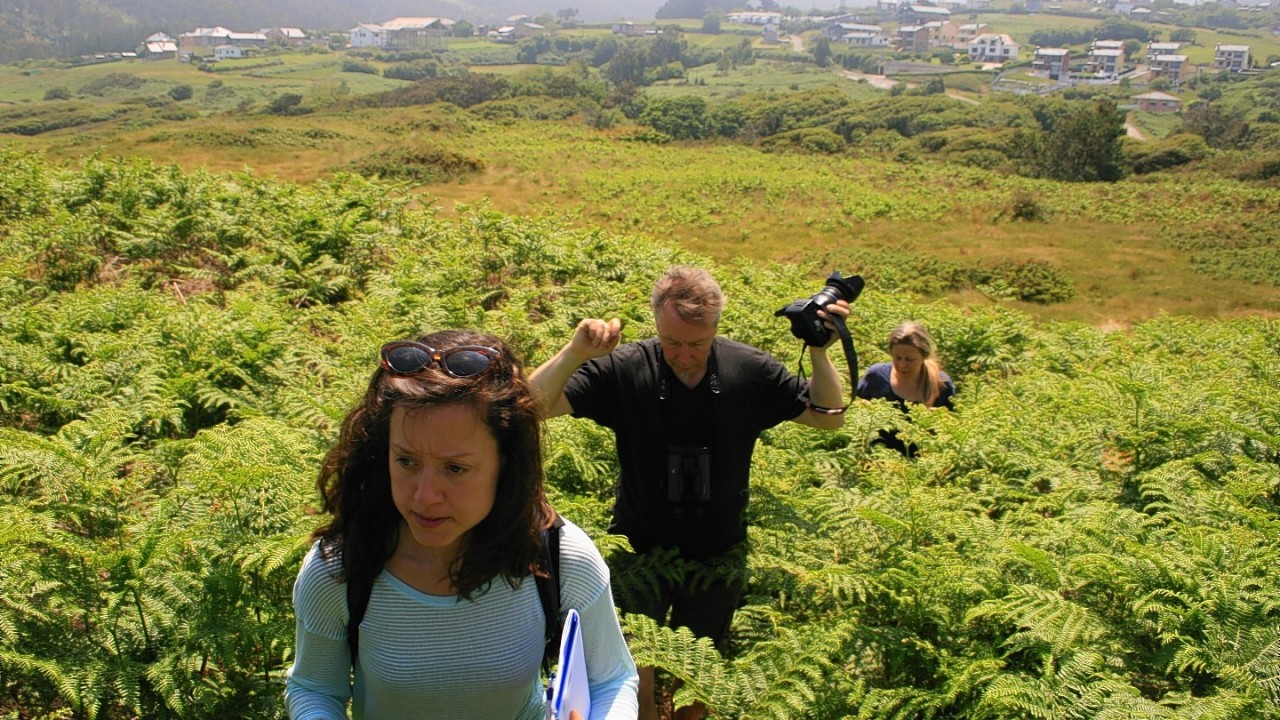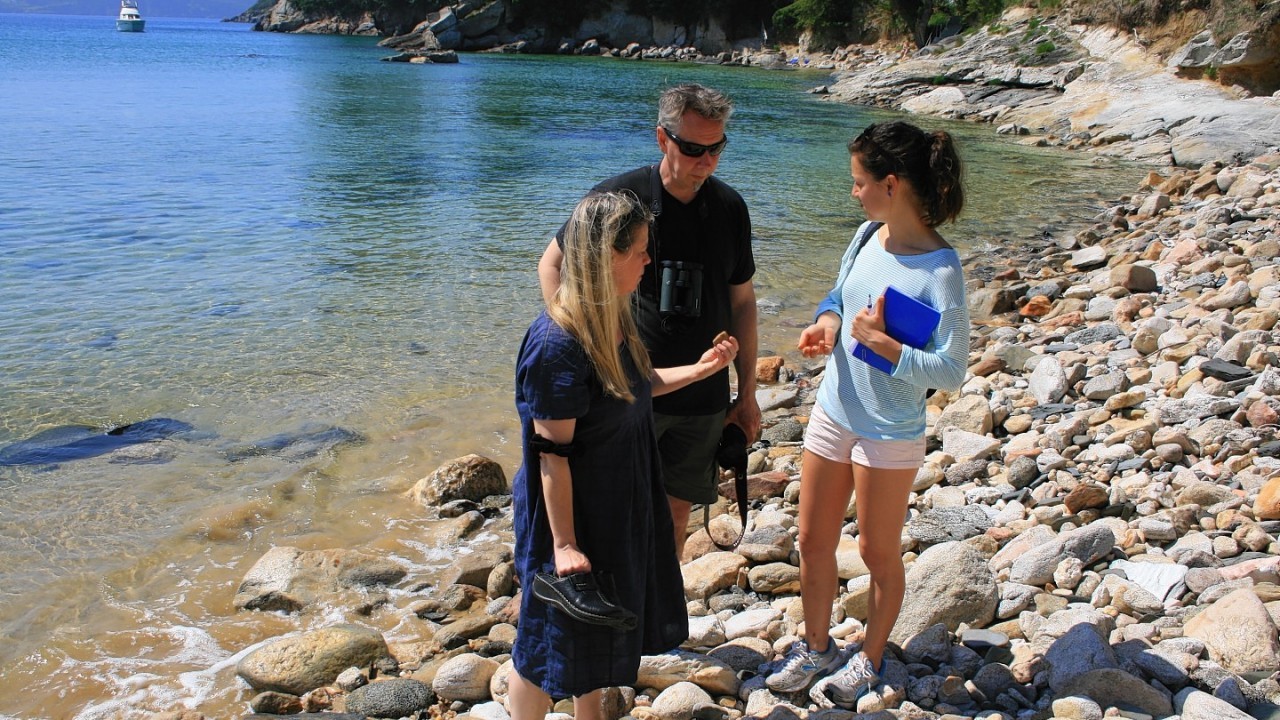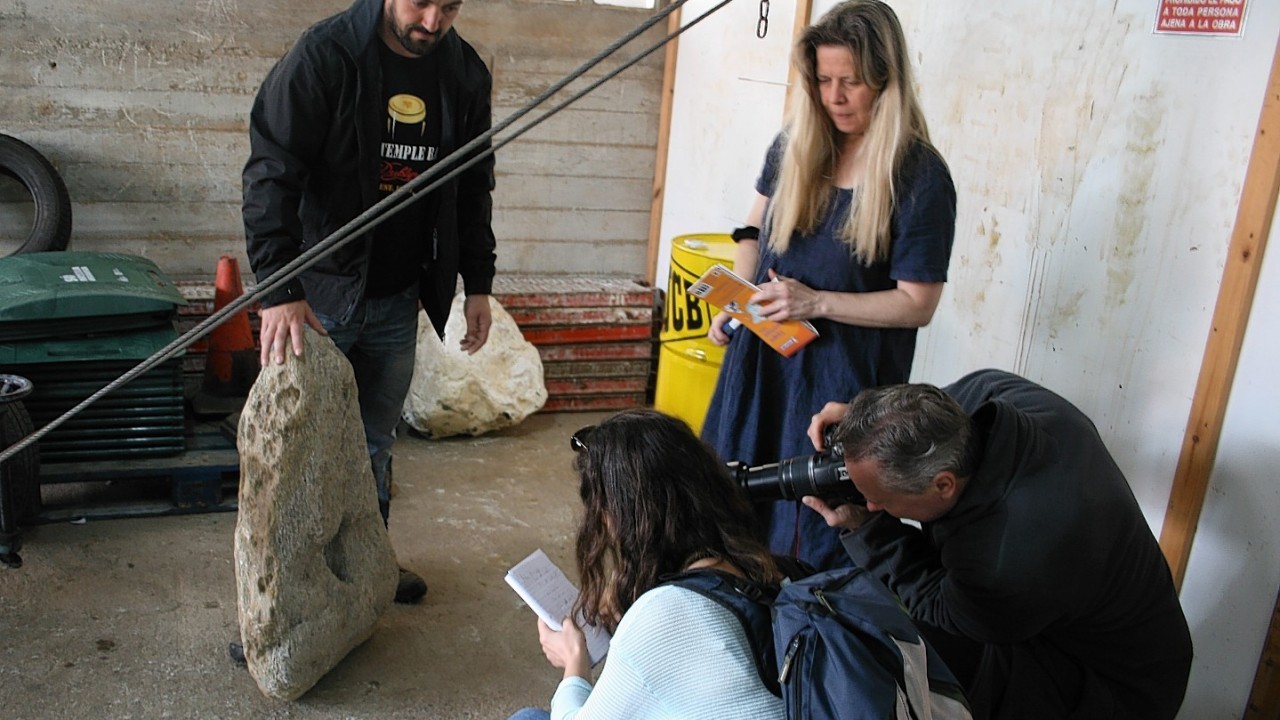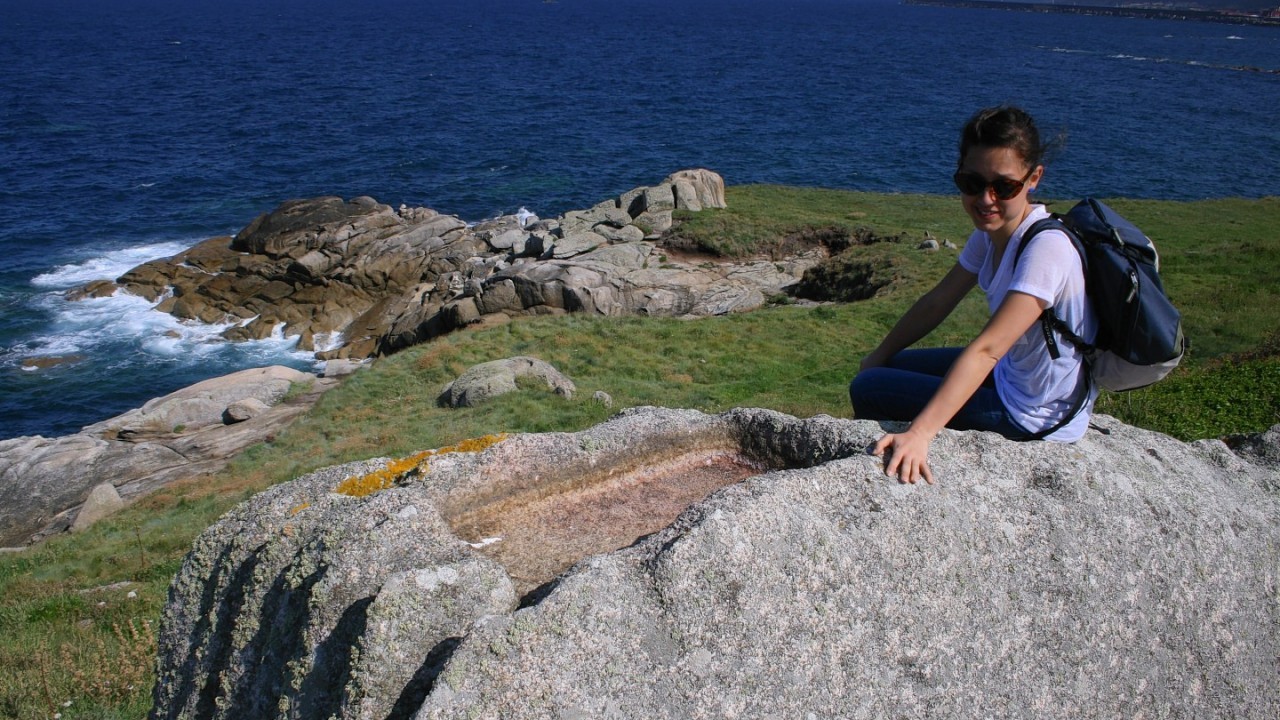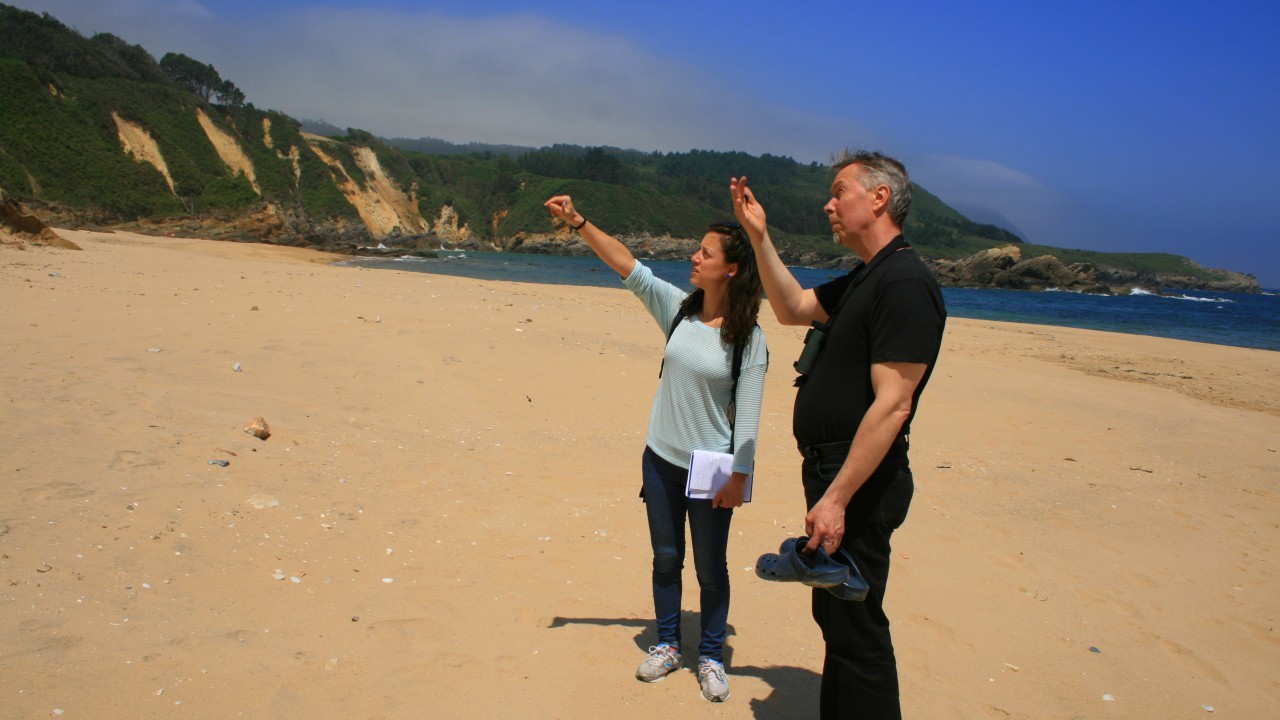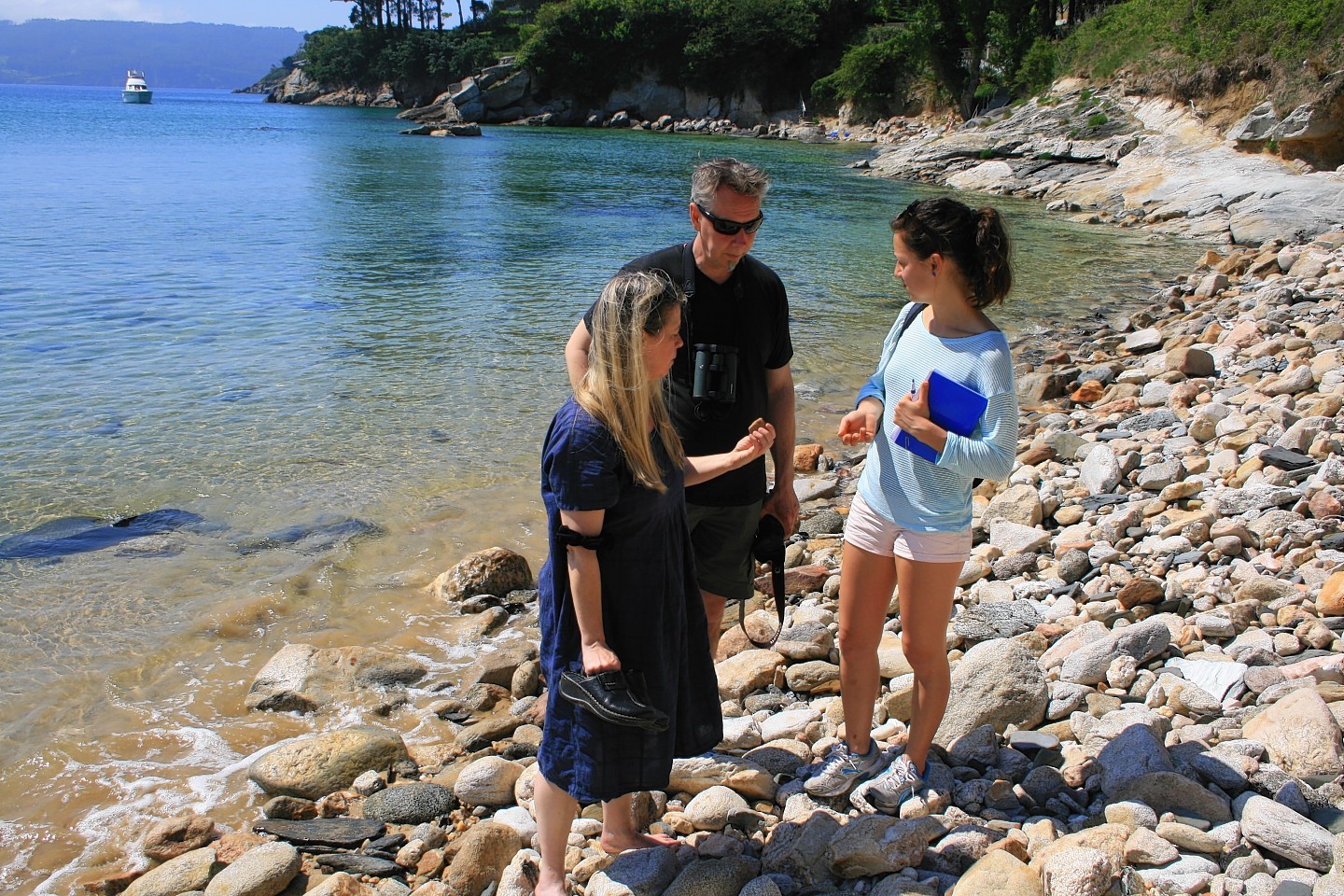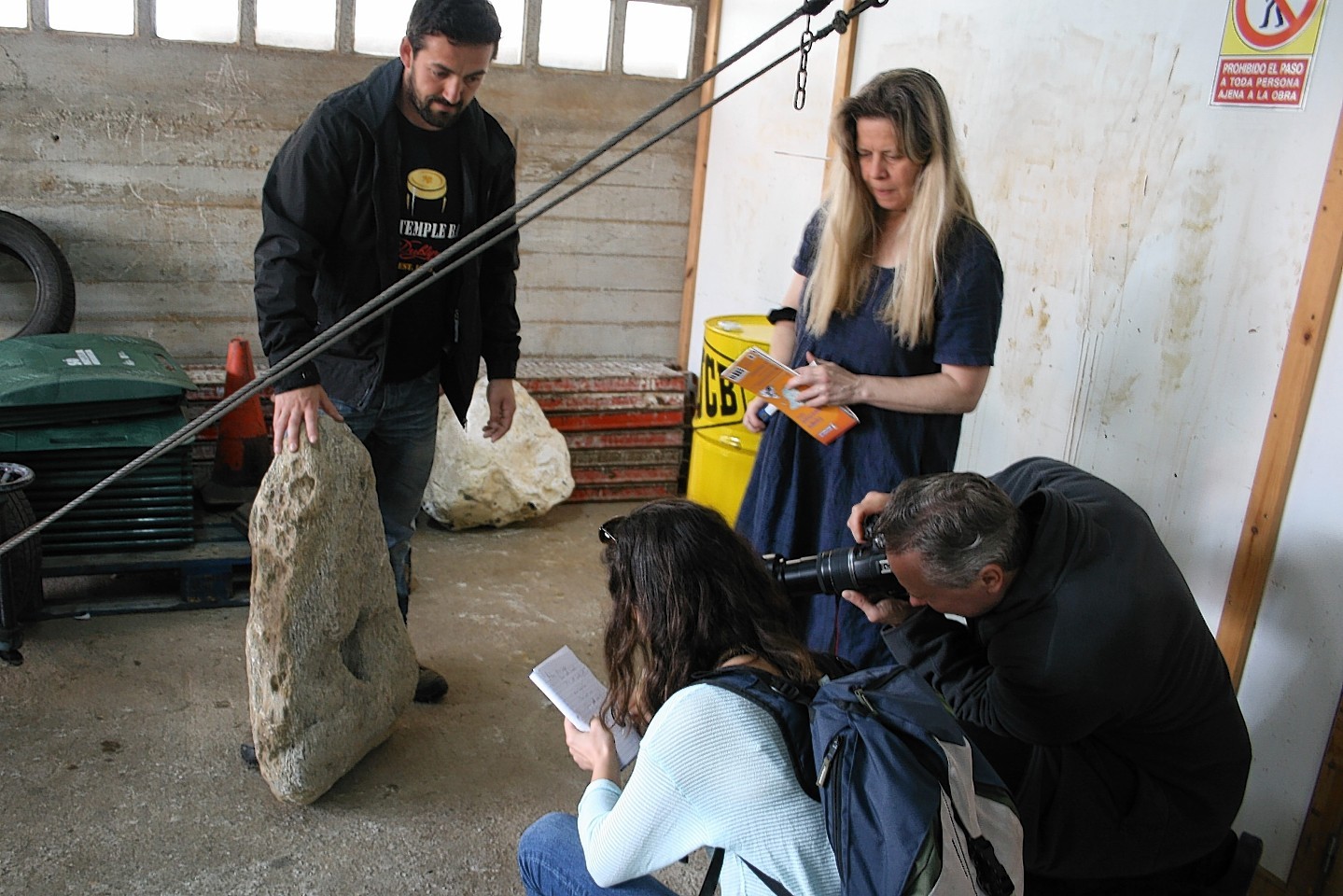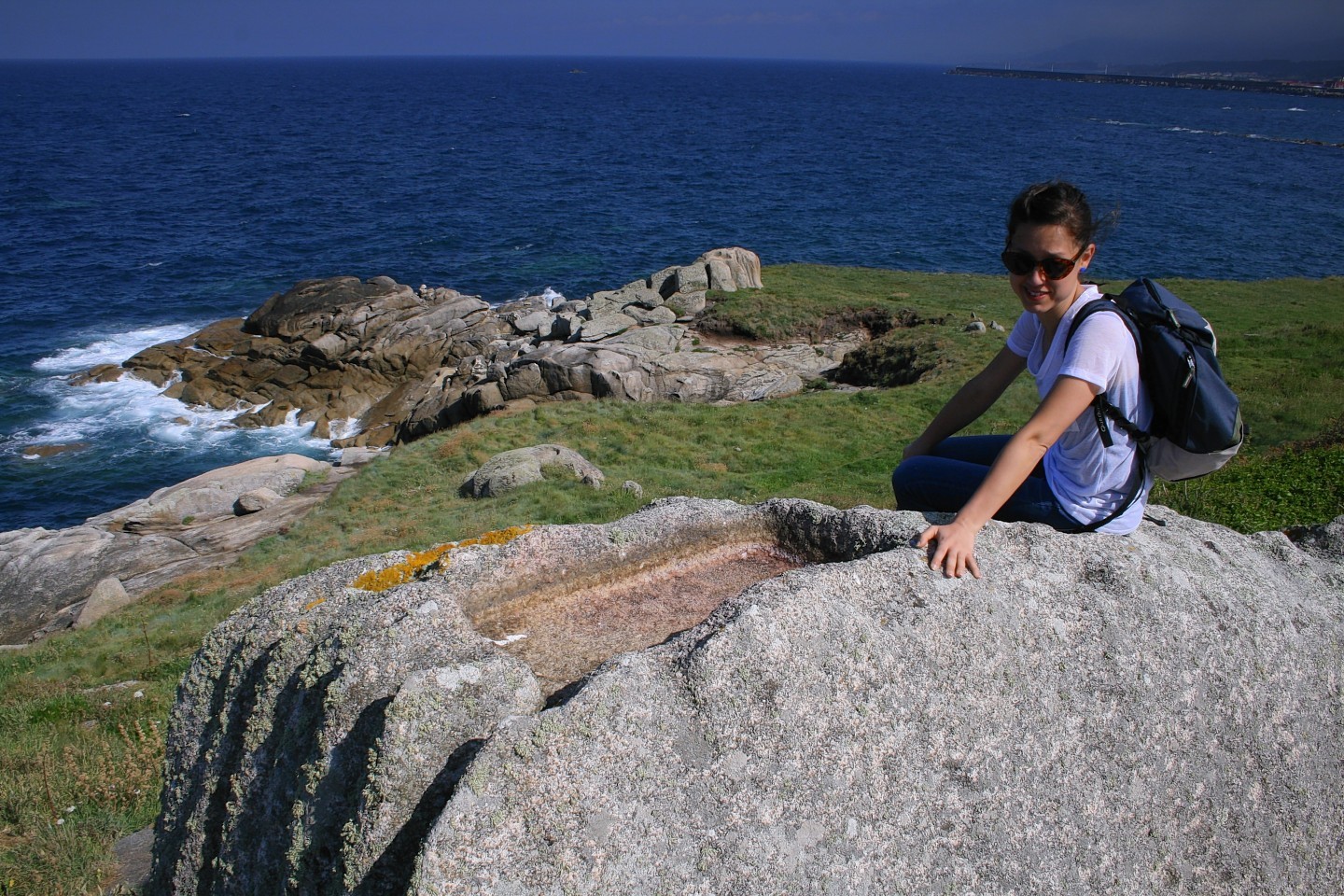A new study by a north-east researcher suggests Vikings may have built settlements as far south as Spain.
Dr Irene Garcia Losquino is now aiming to secure funding for a comprehensive archaeological examination of possible Norse communities in Iberia.
A number of stone Viking anchors were washed ashore in the Galicia region following a storm in March.
Dr Losquino, of the university’s Centre for Scandinavian Studies, said that although there were a number of written accounts of Viking raids along the northern coast of Spain, so far there was no academically accepted evidence of Norsemen living there permanently.
Dr Losquino, who is from Spain herself, said: “I don’t believe in fate, but I had been writing about Galicia at the time of the storm, and when I read that these anchors had washed up I dropped everything and went to investigate for myself.
“While there we found what looked like the remains of a longphort, which was a kind of Viking building that was quickly made as a defensive base of operations when raiding.
“The location of the possible longphort led us to believe that there were more permanent settlements, because Vikings would commonly only set up near a population nucleus or places of wealth, and it’s very close to an old gold mine and religious settlements.
“Vikings also made their mark on northern Spanish culture, people take part in three-day pilgrimages inland from the shore, which is what their ancestors would have to do to flee the raiding Viking hordes.
“And more commercially, lots of local towns have set up festivals for tourism reasons where people dress up like Viking raiders and drink in Viking boats. It’s not very accurate, but it’s certainly a lot of fun.”
Dr Losquino is seeking funding for future expeditions to Spain to hunt for signs of Vikings from the British Academy, as well as from private sponsors.
She said: “I am preparing a dig in spring, we are going to several sites with metal detectors to try and identify signs of Viking life.
“People in these areas say that many of the Vikings chose to stay behind, which might explain why there are so many blue-eyed, ginger people living in those parts of the country.”
